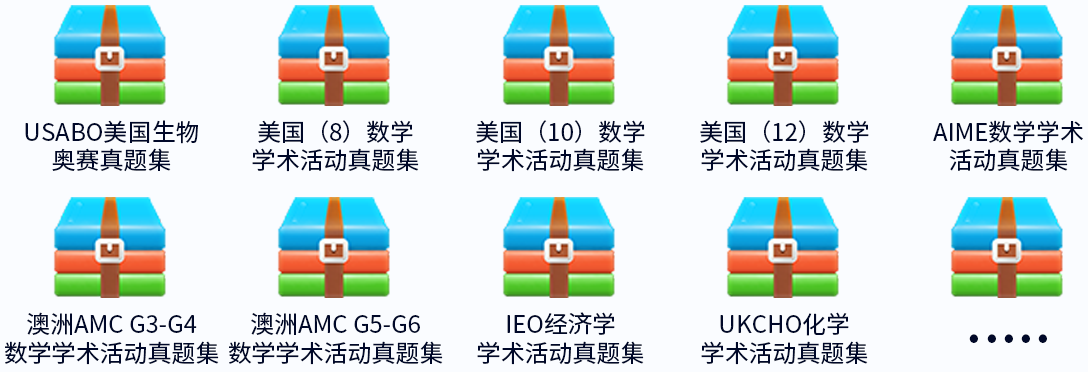- Raybet比分 提供学术活动、国际课程、科研项目一站式留学背景提升服务!
- 400 888 0080
USACO 2020 February Contest, Bronze Problem 1. Triangles
USACO 2020 February Contest, Bronze Problem 1. Triangles
Farmer John would like to create a triangular pasture for his cows.
There are NN fence posts (3≤N≤1003≤N≤100) at distinct points (X1,Y1)…(XN,YN)(X1,Y1)…(XN,YN) on the 2D map of his farm. He can choose three of them to form the vertices of the triangular pasture as long as one of the sides of the triangle is parallel to the xx-axis and another side is parallel to the yy-axis.
What is the maximum area of a pasture that Farmer John can form? It is guaranteed that at least one valid triangular pasture exists.
INPUT FORMAT (file triangles.in):
The first line of the input contains the integer NN. Each of the next NN lines contains two integers XiXi and YiYi, each in the range −104…104−104…104 inclusive, describing the location of a fence post.
OUTPUT FORMAT (file triangles.out):
As the area itself is not necessarily an integer, output two times the maximum area of a valid triangle formed by the fence posts.
SAMPLE INPUT:
4 0 0 0 1 1 0 1 2
SAMPLE OUTPUT:
2
Posts at (0,0)(0,0), (1,0)(1,0), and (1,2)(1,2) form a triangle of area 11. Thus, the answer is 2⋅1=22⋅1=2. There is only one other triangle, with area 0.50.5.
Problem credits: Travis Hance
USACO 2020 February Contest, Bronze Problem 1. Triangles 题解(雷竞技raybet安卓版下载 提供,仅供参考)
[/hide]
(Analysis by Jonathan Paulson)
This problem can be solved by brute force. We can try every triple of fence posts to see if they form a valid pasture and take the biggest. There are only 100100 posts, so there are only 10031003 - a million - triples to try. This is well within time limits (if there were over 100100 million triples to try, that would be worrying).
How do we try a triple? For a triple to be valid, one post must be the corner, another must be directly to the left or right of the corner (i.e. have the same y-coordinate as the corner), and the last must be directly up or down from the corner (i.e. have the same xx-coordinate).
Assuming the triple forms a valid triangle, how do we find the area? That's just one-half times base times height. The base is just the difference in xx-coordinates between the corner and second post, and the height is the difference in yy-coordinates between the corner and third post.
So the final solution is to try all triples, and among the valid ones take the biggest area.
Implementation tips:
- You are supposed to output twice the maximum area, not the area. The easiest way to do this is to ignore the one-half in the area formula (rather than doing it at the end).
- It's easier to iterate through the triples in all possible orders. That way you can use the order by assuming the first post is the corner, the second post forms the base, and the last post forms the height. If you were supposed to jumble them up, some other triple will catch that case.
C++ code:
#include <iostream>
#include <vector>
using namespace std;
using ll = long long;
int main() {
freopen("triangles.in", "r", stdin);
freopen("triangles.out", "w", stdout);
ll n;
cin >> n;
vector<ll> X(n, 0);
vector<ll> Y(n, 0);
for(ll i=0; i<n; i++) {
cin >> X[i] >> Y[i];
}
// i will be corner
// j will be flat (same x-coordinate as i)
// k will be same y-coordinate as i
ll best = -1;
for(ll i=0; i<n; i++) {
for(ll j=0; j<n; j++) {
for(ll k=0; k<n; k++) {
if(Y[i]==Y[j] && X[i]==X[k]) {
ll area = (X[j]-X[i]) * (Y[k]-Y[i]);
if(area < 0) { area *= -1; }
if(area > best) {
best = area;
}
}
}
}
}
cout << best << endl;
}
Java code (from Nick Wu):
import java.io.*;
import java.util.*;
public class Solution {
public static void main(String[] args) throws IOException {
BufferedReader br = new BufferedReader(new FileReader("triangles.in"));
PrintWriter pw = new PrintWriter(new BufferedWriter(new FileWriter("triangles.out")));
int n = Integer.parseInt(br.readLine());
int[] x = new int[n];
int[] y = new int[n];
for(int i = 0; i < n; i++) {
StringTokenizer st = new StringTokenizer(br.readLine());
x[i] = Integer.parseInt(st.nextToken());
y[i] = Integer.parseInt(st.nextToken());
}
int ret = 0;
for(int i = 0; i < n; i++) {
for(int j = 0; j < n; j++) { // same x-coordinate
if(i == j || x[i] != x[j]) continue;
for(int k = 0; k < n; k++) { // same y-coordinate
if(i == k || y[i] != y[k]) continue;
ret = Math.max(ret, Math.abs(x[k] - x[i]) * Math.abs(y[j] - y[i]));
}
}
}
pw.println(ret);
pw.close();
}
}
[/hide]
在线登记
最新发布
Raybet比分 课程体验,退费流程快速投诉邮箱: yuxi@linstitute.net 沪ICP备2023009024号-1









